7 signs it’s time to replace your carpet – and why you should never ignore them, according to experts
It may be the beginning of the end and time for something new


Imani Cottrell
Most homes have at least a little bit of carpet in them, and it’s not hard to understand why. But as is the case with all flooring options, carpets don't last forever. Because of this, it’s important to spot the signs that it’s time to replace your carpet.
Yes, even if you’ve painstakingly chosen the best colour carpet for your living room or you’ve spent months whittling down the bedroom carpet ideas to find the one that suits your home and style, there will come a time when they’re starting to show signs of wear and tear.
As Jack Ogden, carpet expert at ScS, explains, ‘Your carpet should be made to last, withstanding a lot depending on the room it’s used in. While regular cleaning and maintenance can extend the lifespan of your carpet, there will come a point where it’s time to replace it.’ So, these are the signs to look out for.
1. Flattening
When carpets start to feel (and look) thin and flat, it’s because the carpet fibres have lost their ability to bounce back, which causes the bare areas in your carpet and is a key sign to replace your carpet. Jack says using one of the best vacuum cleaners is a great way to test whether your carpet has been flattened and has lost its plushness.
‘If vacuum cleaner lines don’t appear, this could be a good signifier that the fibres are now flattened. After a while, the carpet can also become matted, so look out for signs of that too,’ he explains.
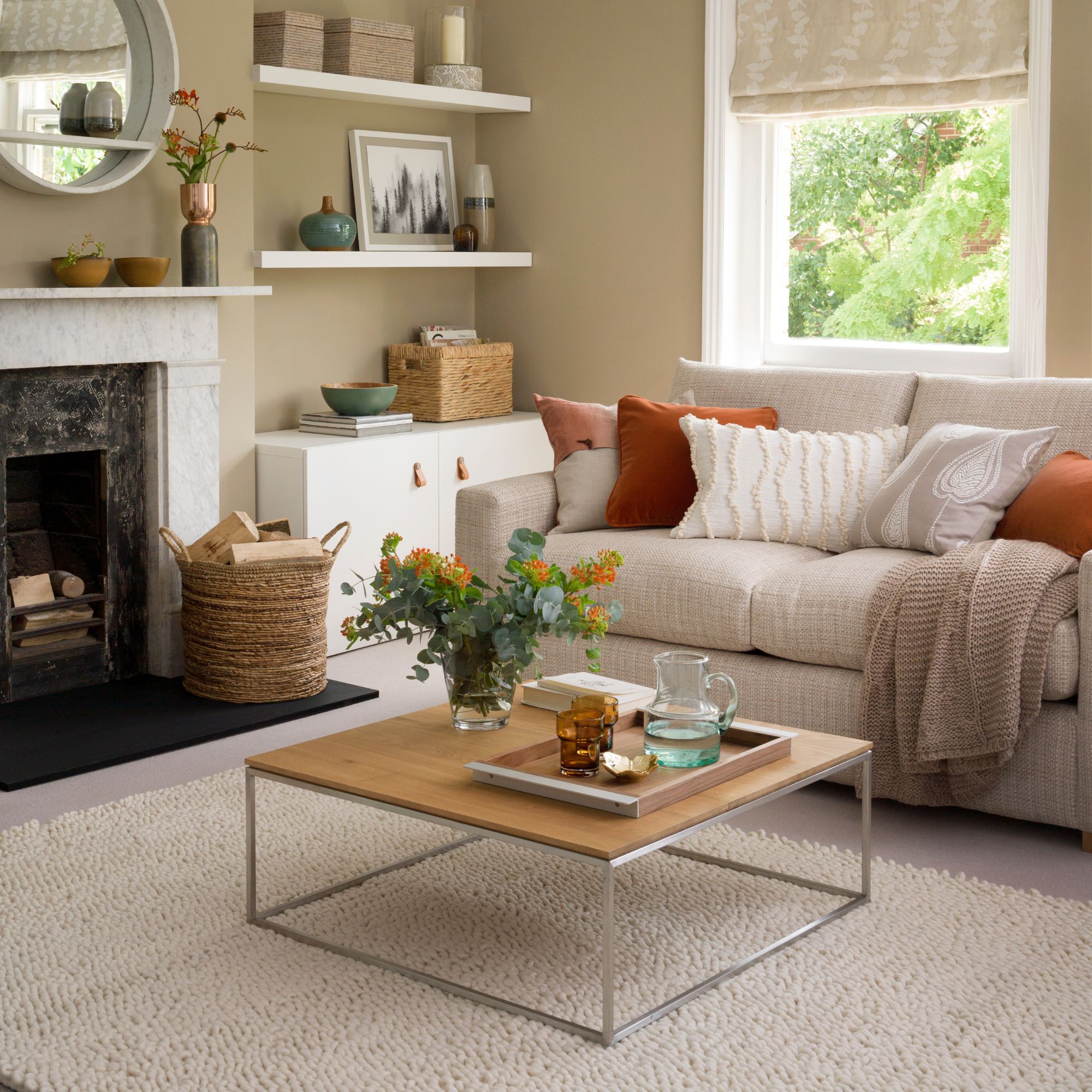
However, it may not be all doom and gloom, and you might not have to spend a fortune getting your carpet replaced. This is especially true if only smaller areas of carpet have started to look flat. This is echoed by Kirsty Barton, Brand Storytelling Manager at Alternative Flooring.
She says, ‘If certain spots are looking a little flat and lifeless, your underlay could be to blame. This hidden layer provides extra cushioning underneath your carpet, helping to prolong its life. Sometimes, simply replacing the underlay can revive the feel underfoot, but if wear has set in, you may need to replace both.’
Sign up to our newsletter for style inspiration, real homes, project and garden advice and shopping know-how
2. Discolouring
Certain carpet areas get more wear and face more footfall than others, usually the living room carpets or with stairway carpet ideas. This high traffic will, over time, lead to a loss of colour in the carpet, which can be made worse by sunlight and is a sign it's time to replace your carpet.
In fact, Sam Tamlyn, Managing Director and Interiors Expert at California Shutters warns that, ‘Carpets exposed to consistent sunlight may begin to fade, with lighter patches appearing particularly noticeable on darker shades. Over time, UV rays can strip carpets of their vibrancy, leaving them discoloured and dull.’
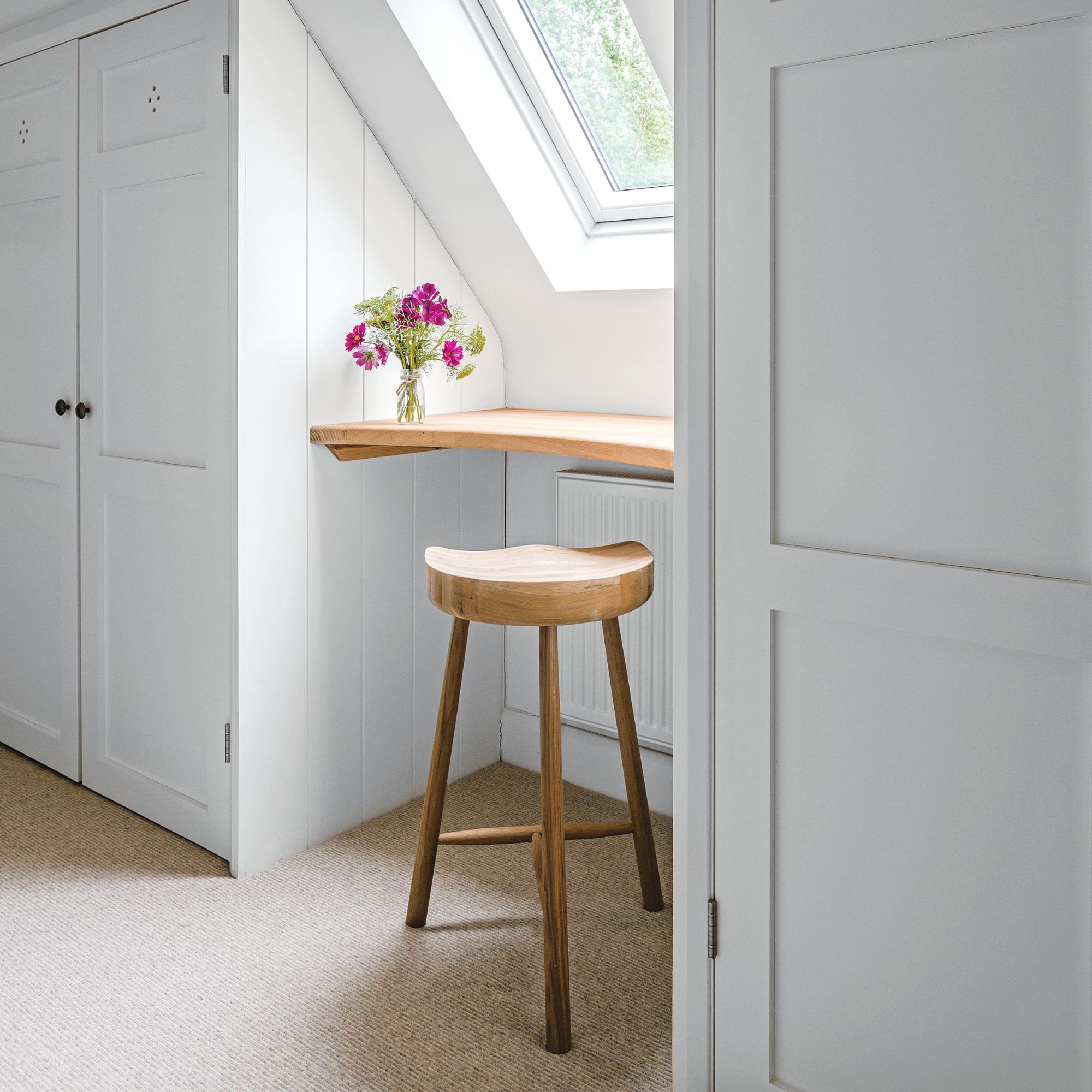
Jack adds that discolouration can show up more obviously with coloured or patterned carpets. ‘If you have a particularly sunny room, you may notice fading when you move pieces of furniture that haven’t moved in a long time,’ he says.
In this case, even deep-cleaning your carpets may not help the situation, so you’ll either have to live with the discolouration or replace it. Just make sure you know which carpet colours are going out of fashion, so you don’t accidentally replace it with something off-trend.
3. Bad odours
Although cleaning a carpet with bicarbonate of soda is a great way to eliminate odours, sometimes it’s not enough. And if you’re noticing bad odours wafting from your carpets, it’s a sure sign that something isn’t quite right. In fact, it may be that you have mould or mildew growing between the carpet fibres.
Plus, accidental spillages, pets, dust and dirt build-up over the years can lead to a build-up of unpleasant smells that can’t be removed. You’ll notice this more in high-traffic areas or in areas that your pets spend most of their time.
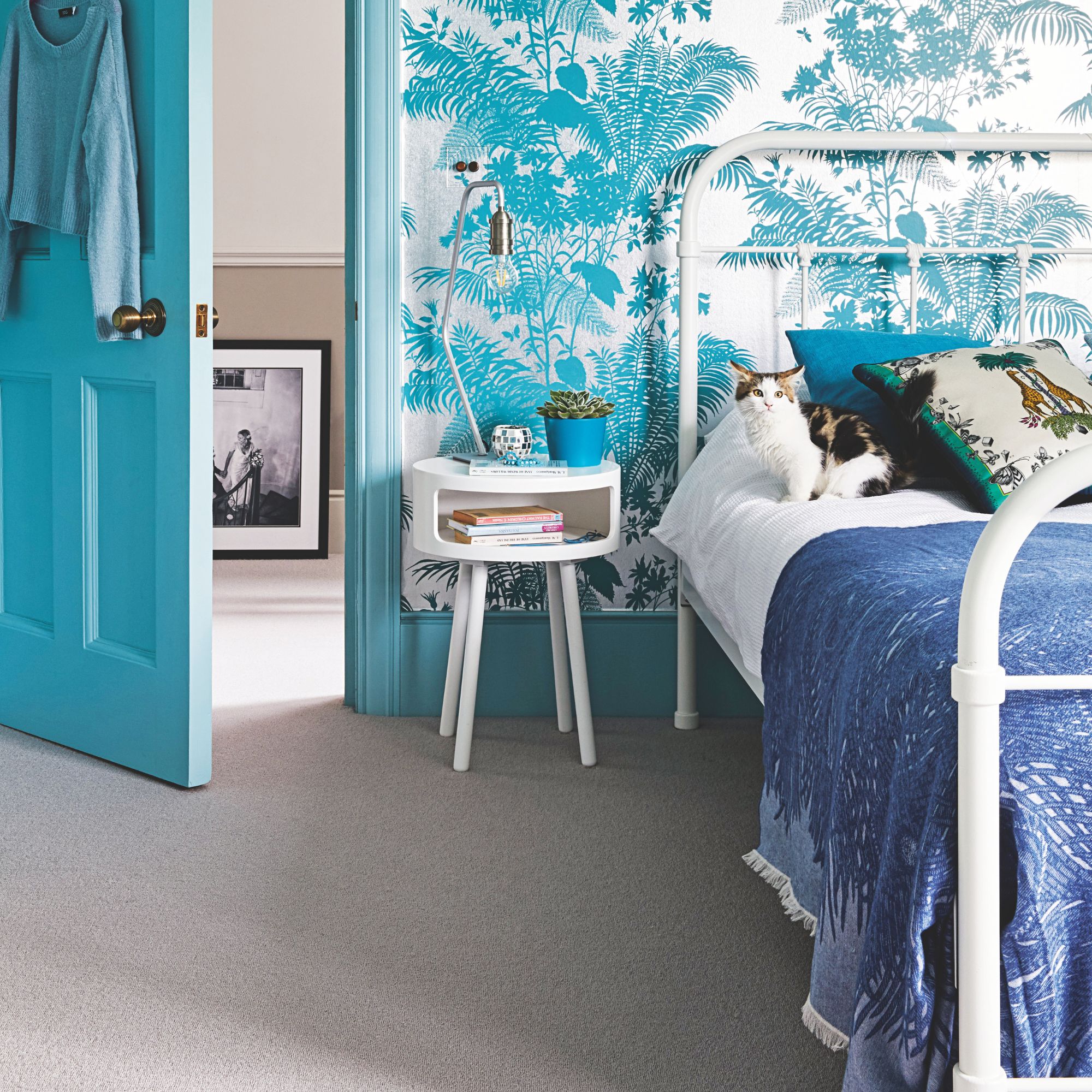
Sam also adds, ‘In high-traffic areas, meaning the areas walked on the most, sun damage can cause the insulation underneath the carpet to thin out, trapping odours and creating a stale smell.’
And while you can try replacing the insulation or underlay, it may be best to cut your losses - especially if your carpet is already pretty old.
4. Malting
Malting is another it’s time to replace your carpet, and can contribute to your carpet feeling threadbare and thin. It may also look frayed or start ripping.
Jack Ogden says, ‘Post spillages, liquids can seep through the pile of the carpet and reach the backing. If this happens regularly, and the spillages aren’t soaked up during the cleaning process, over time the glue that attaches the carpets can diminish and therefore tufts of carpet may start to detach themselves and malt.’

In high-traffic areas, malting is also highly likely - and Kirsty agrees. She says, ‘A fraying or torn carpet often tells the story of years of love and heavy foot traffic. If left unchecked, these areas can become tripping hazards, especially for little ones, and make regular cleaning more difficult. No matter the fibre, once ripping or fraying starts to show, replacing your carpet is the safest and most stylish route.’
Just make sure you check out the design tips for choosing a new carpet, so you’re not only choosing something that suits your home decor, but also something that suits your family’s lifestyle. This way, you won’t need to replace your carpet again anytime soon.
5. Age
Old carpets not only look ugly, but they’re also unhygienic and can make it harder to sell your home. And, on average, a good-quality carpet in a low-traffic area could last up to 15 years. A low-quality carpet in a high-traffic area, however, may only last five.
Alongside this, Lily Cameron, cleaning supervisor at Fantastic Service, says ‘A carpet’s lifespan depends on its quality and the amount of wear it’s gone through. In general, carpets need to be replaced every five to ten years.’
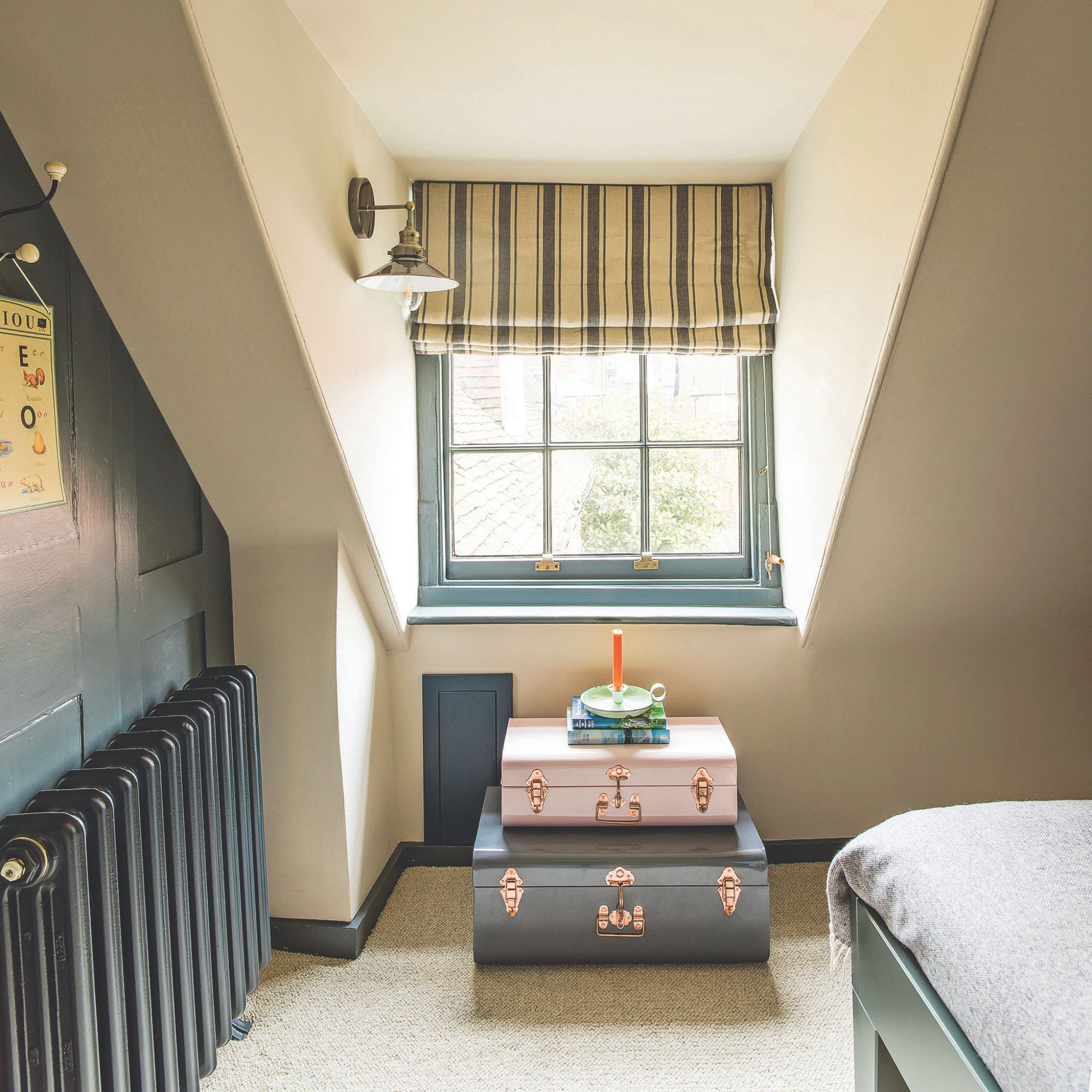
However, if you deep clean your carpet every year and maintain it, your carpet could last longer than that. After that, the debris and dirt that builds up in the fibres cannot be fully removed even with cleaning.
In this case, it’s probably best to replace your carpet rather than waiting any longer for it to get worse.
6. Staining
Even if you know how to remove carpet stains, this might not be enough. Too many red wine and food spills add up over the years, affecting the look, the feel, and the overall cleanliness of your carpets.
This is echoed by Kirsty, who says, ‘The occasional spill or mark is part of everyday life, and most can be tackled if dealt with quickly. However, over time, stubborn stains can worsen, dulling your carpet's charm. If you've been hiding unsightly stains under furniture or rugs, it might be time to embrace a fresh start and replace your carpet.’
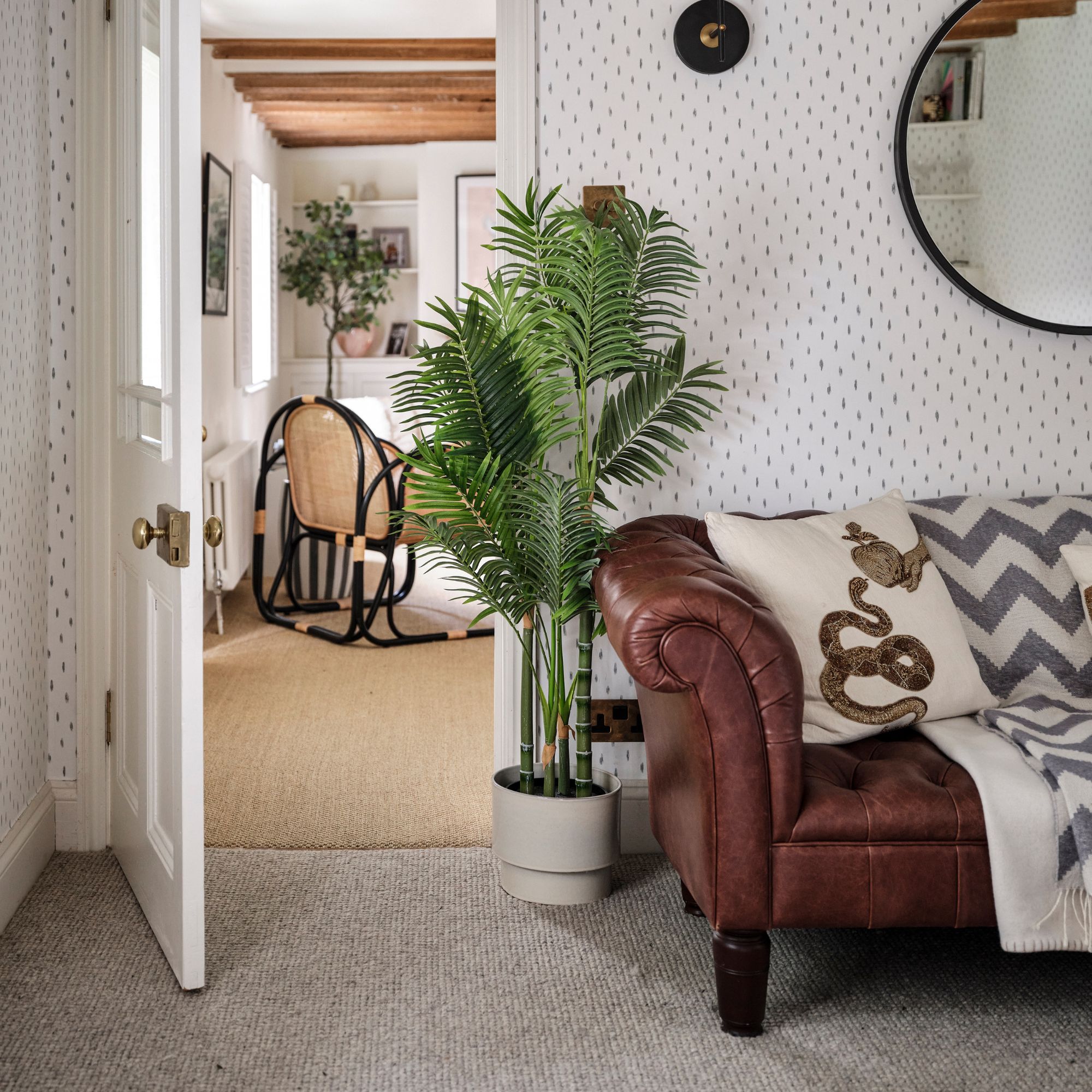
Even the best carpet cleaners and spot cleaners can’t tackle some stains, and using such products on older carpets can also damage them further. So, it’s always good to know when to give up and give in to new carpets.
Then, when you have fresh new carpet, you can use these machines and even the best upholstery cleaners to keep future staining at bay.
7. Allergies
Pet hair, dust, dirt and debris are trapped by your carpet, and while it’s possible to pollen-proof your home or use one of the best air purifiers to help, an increase in allergic reactions may be a sign it’s time to replace your carpet.
‘Wool carpet fibres can hold on to common allergens such as pollen and dust and prevent them from getting airborne, but as a carpet wears, this natural retention property will weaken. Any increase in these reactions could be a strong sign that it’s time to replace your carpets for better air quality,’ advises Julian Downes, managing director at Fibre.
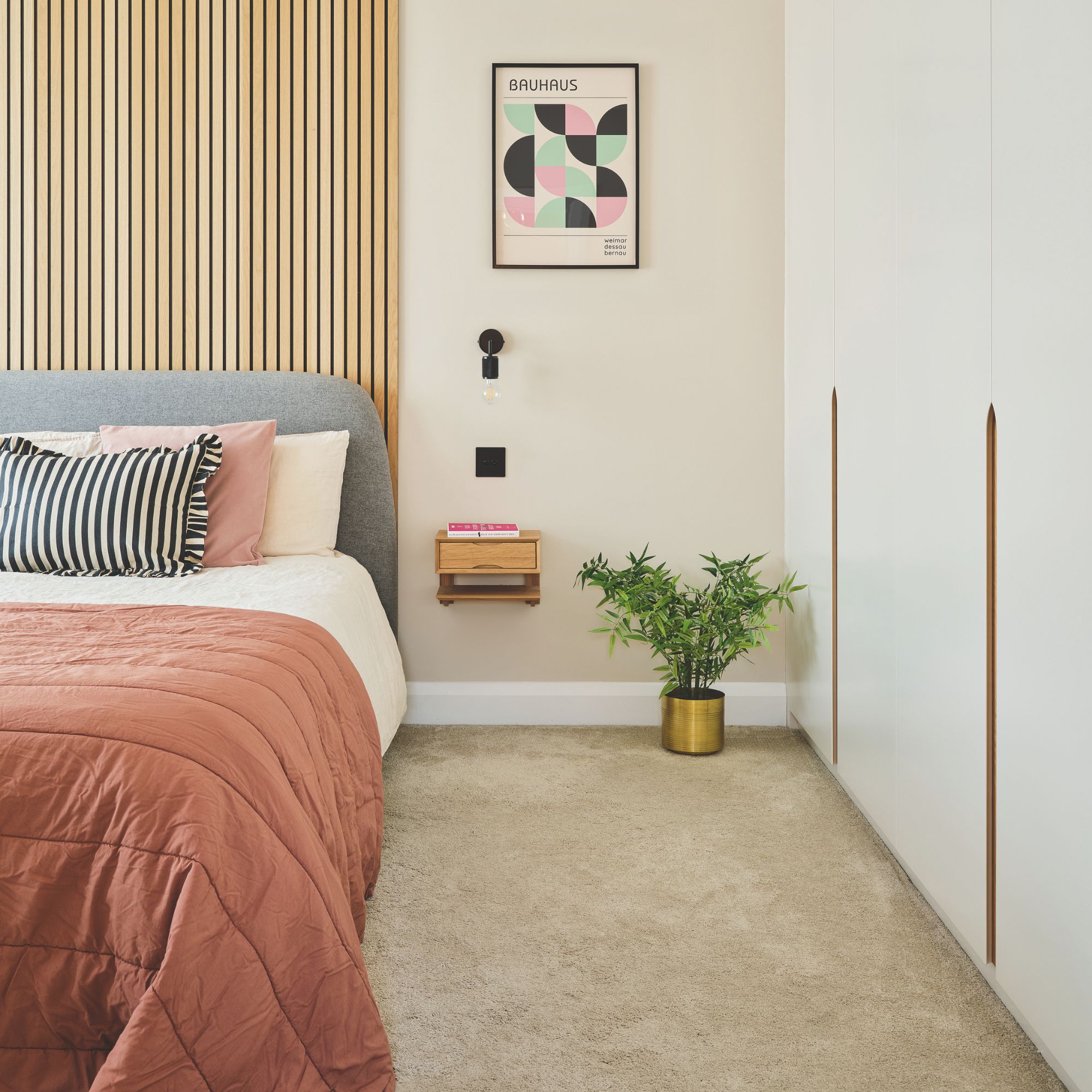
To help with the longevity of your carpet, think about how to choose a carpet that works best for you, because not all carpets are suitable for every room.
But in the meantime, you might want to steam clean your carpet to disinfect it and use the high pressure and high temperatures to kill everything from bacteria to dust mites.
FAQs
Is it worth cleaning 20 year old carpet?
Ultimately, this depends on the type of carpet and where it’s placed. Generally, carpets need to be replaced every 5-15 years, so a 20-year-old carpet has already lasted longer than average.
If the carpet is in good condition, in a low-traffic area, and just needs a light clean, it could be worth doing it. However, if it’s old, looking worse for wear and needs a deeper clean, it’s probably not worth it and you should replace it instead.
How to tell if carpet has mould underneath?
The biggest sign that you have mould underneath or in your carpet is the smell coming from it. It’s highly likely that your home will smell musty and damp - and you may even see patches of damp on the surface of the carpets, too.
Other signs of mould in carpet include increased sneezing, discolouration, wetness, or visible mould growth when you look underneath the carpet.
So, now you know the signs to look out for… does your carpet need replacing?

Lauren Bradbury has been the Content Editor for the House Manual section since January 2025 but worked with the team as a freelancer for a year and a half before that. She graduated with a Bachelor’s degree in English and Creative Writing from the University of Chichester in 2016. Then, she dipped her toe into the world of content writing, primarily focusing on home content. After years of agency work, she decided to take the plunge and become a full-time freelancer for online publications, including Real Homes and Ideal Home, before taking on this permanent role. Now, she spends her days searching for the best decluttering and cleaning hacks and creating handy how-to guides for homeowners and renters alike, as well as testing vacuums as part of her role as the Ideal Home Certified Expert in Training on Vacuums, having spent over 110 hours testing different vacuum models to date!
- Imani CottrellContent Editor